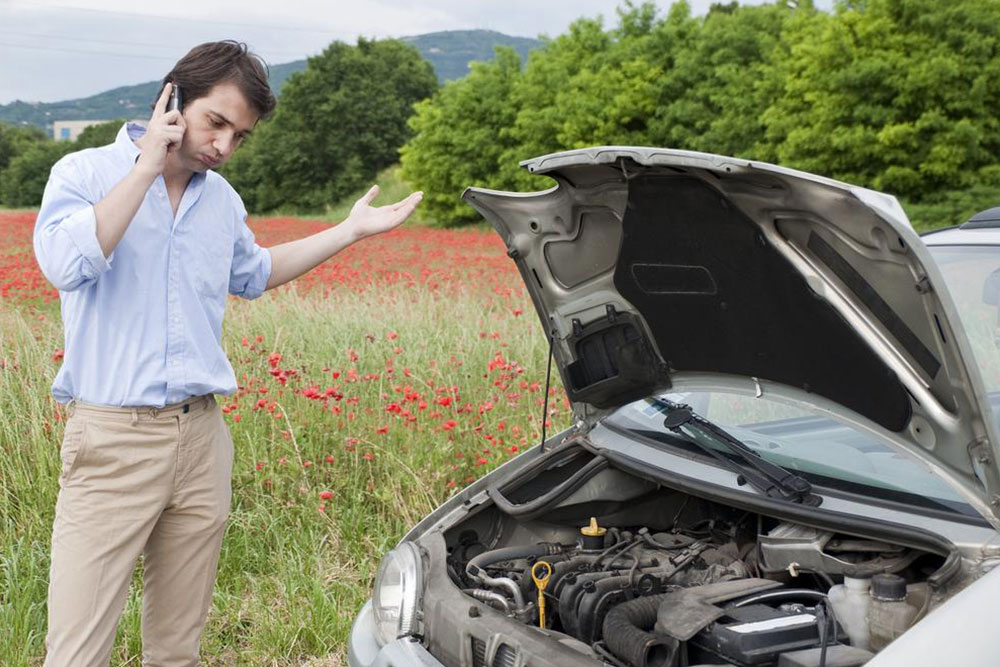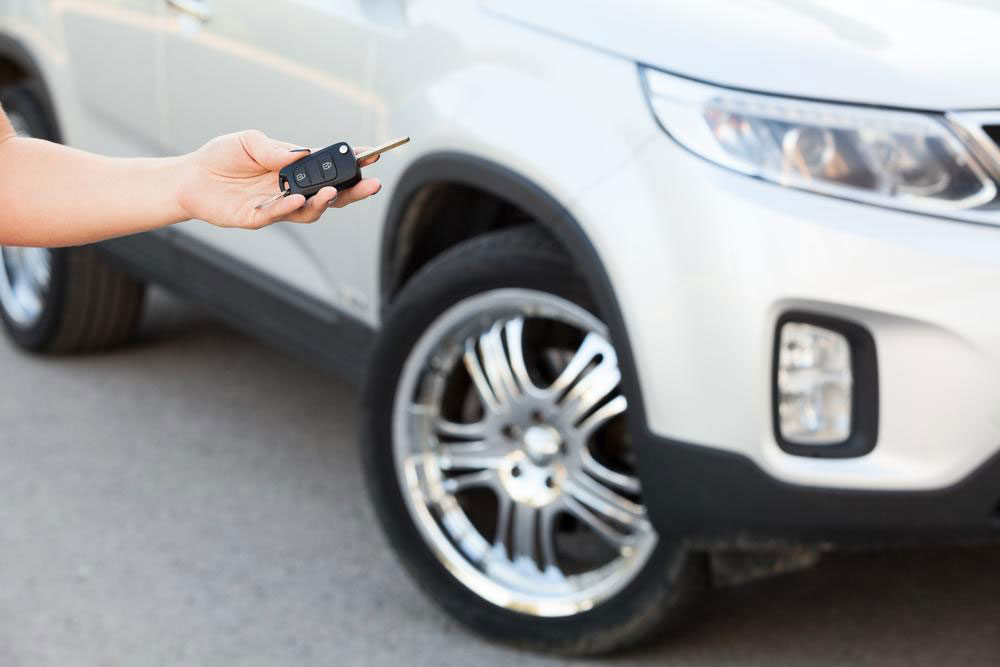Comprehensive Guide to Selecting the Ideal Vehicle Breakdown Support Service
Choosing the right vehicle breakdown assistance plan is vital for safe and stress-free travel. This comprehensive guide covers essential factors like service coverage, availability, plan options, and customer support to help you select the best roadside support. Learn how to evaluate your needs and find a reliable provider that offers timely help during emergencies, whether you're on urban roads or remote adventures. Stay prepared for any roadside scenario with the right assistance plan tailored to your driving habits and vehicle type.

Comprehensive Guide to Selecting the Ideal Vehicle Breakdown Support Service
Experiencing a vehicle breakdown can turn any journey into a stressful ordeal, especially if you're unprepared or uncertain about the available assistance options. To ensure peace of mind and swift resolution during such emergencies, it’s crucial to choose a reliable and comprehensive vehicle breakdown support service. But what factors should you consider to pick the right plan that matches your specific needs? This in-depth guide aims to walk you through the essential aspects to evaluate before subscribing to a roadside assistance plan, ensuring you’re well-equipped for any roadside emergencies.
Roadside assistance services are designed to provide immediate support when your vehicle encounters mechanical issues, accidents, or other roadside emergencies. These services typically include a range of support functions such as towing, tire repairs, battery jump-starts, vehicle unlocking, and recovery from remote or difficult terrains. However, not all plans offer the same level of support, coverage, or additional perks. Therefore, understanding what features are most important to you can help you select a plan that offers the best value and coverage.
One of the primary factors to consider is the availability of the service. A dependable roadside assistance plan should operate 24/7, ensuring help is available whenever you need it, regardless of the time of day. Emergency situations are unpredictable, and having access to round-the-clock support can prevent prolonged inconvenience or danger. Make sure to verify the hours of operation and confirm if they offer quick response times in your region.
Coverage scope is another critical element. Check if the plan includes support for various vehicle types—such as cars, motorcycles, RVs, or commercial trucks. If you own multiple vehicles or plan to travel in different types of vehicles, ensuring comprehensive coverage will be beneficial. Additionally, confirm whether the assistance extends to different locations, including urban areas, rural roads, and even remote regions where help might be harder to reach.
Beyond basic towing services, a quality roadside assistance plan should offer essential roadside fixes, such as on-the-spot tire repairs, fuel delivery if you run out of gas, lockout services to regain entry into your vehicle, and battery jump-starts. Some providers also include vehicle recovery from accident scenes or off-road situations. Evaluating the inclusion of these specific services can save time and money during emergencies.
Flexible plan options tailored to different user needs are crucial. Basic plans generally cover essential services like towing and minor repairs, suitable for occasional drivers or those with newer vehicles covered by manufacturer warranties. Premium plans, on the other hand, often include additional benefits such as reimbursement for travel interruptions, legal assistance, car rental discounts, or coverage for multiple incidents. Assess your driving habits and risk profile to determine which tier of service fits best.
Customer service quality is a significant aspect that often determines your satisfaction with the plan. Look for reviews and testimonials to gauge the responsiveness, professionalism, and efficiency of the provider’s support team. A reliable service should provide clear communication, transparent terms, and a dedicated support line to assist you without unnecessary delays. Additionally, check if the provider offers a mobile app or online portal to request assistance quickly and track recovery status.
Financial considerations, including costs, plan limitations, and exclusions, should be thoroughly reviewed. Understand the pricing structure—whether it’s a yearly subscription or pay-per-incident—and confirm what is covered within your price range. Be cautious of any restrictions related to driver age, geographic coverage, or vehicle type, which could limit your access to services during emergencies.
Finally, verify the legal and insurance aspects linked to the roadside assistance plan. Some providers partner with insurance companies or car manufacturers, offering integrated packages that provide additional protection and peace of mind. Obtaining full details about claim procedures, coverage limits, and claim rejection scenarios will help you avoid surprises when you need help the most.
In summary, selecting the right vehicle breakdown assistance requires careful consideration of factors such as 24/7 availability, coverage scope, services included, plan flexibility, customer support, and cost. By evaluating these key areas thoroughly, you can choose a plan that offers reliable, comprehensive roadside support tailored to your specific driving needs. Whether you’re a daily commuter, a weekend traveler, or an adventure enthusiast exploring remote areas, the right assistance plan will ensure you’re never stranded and can get back on the road swiftly and safely.





